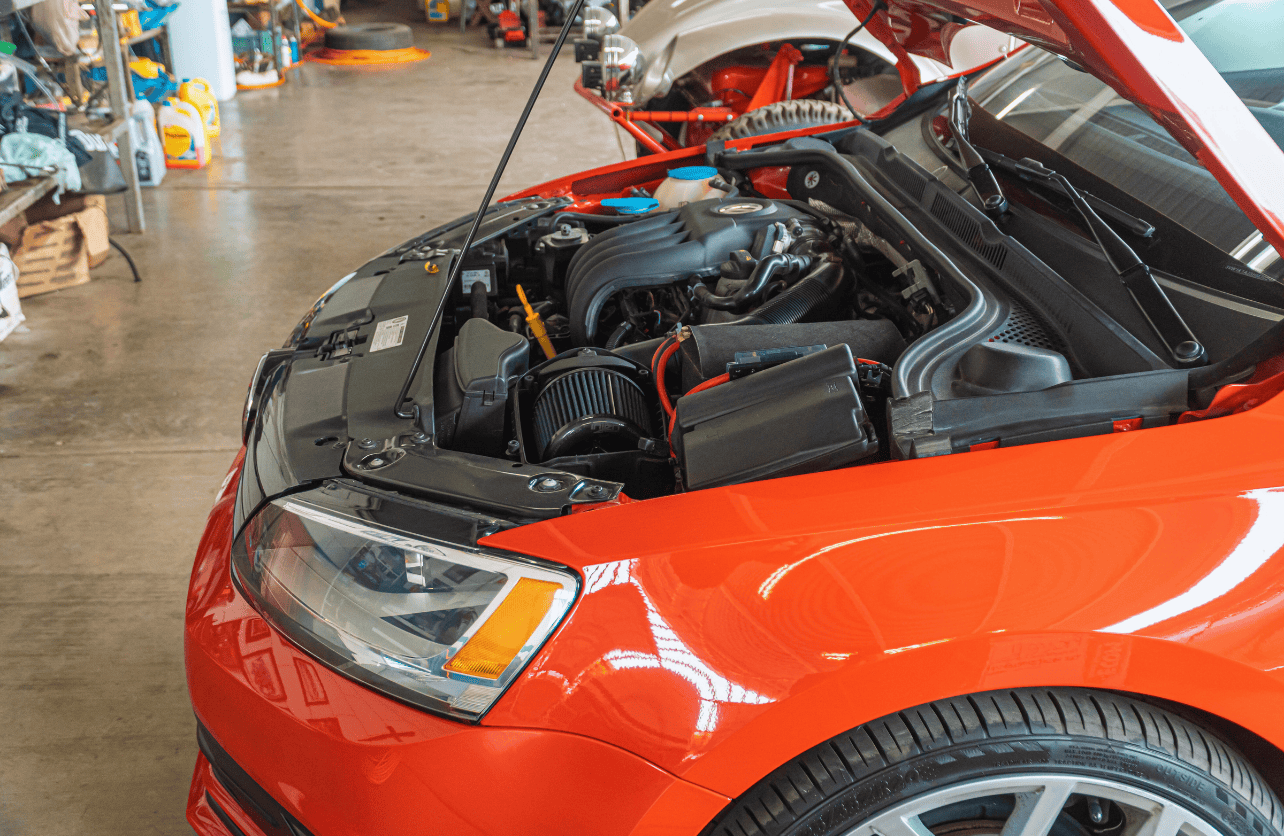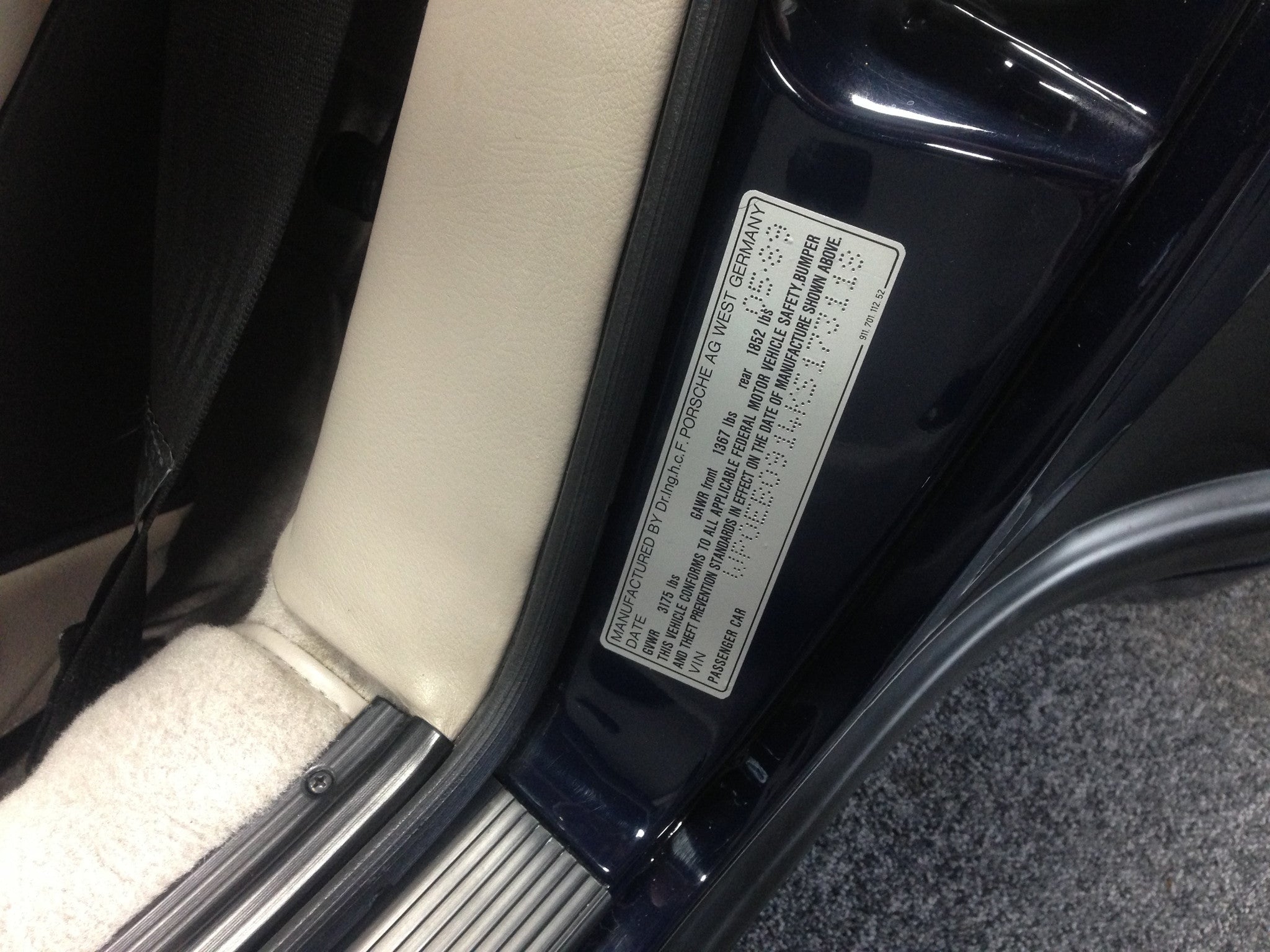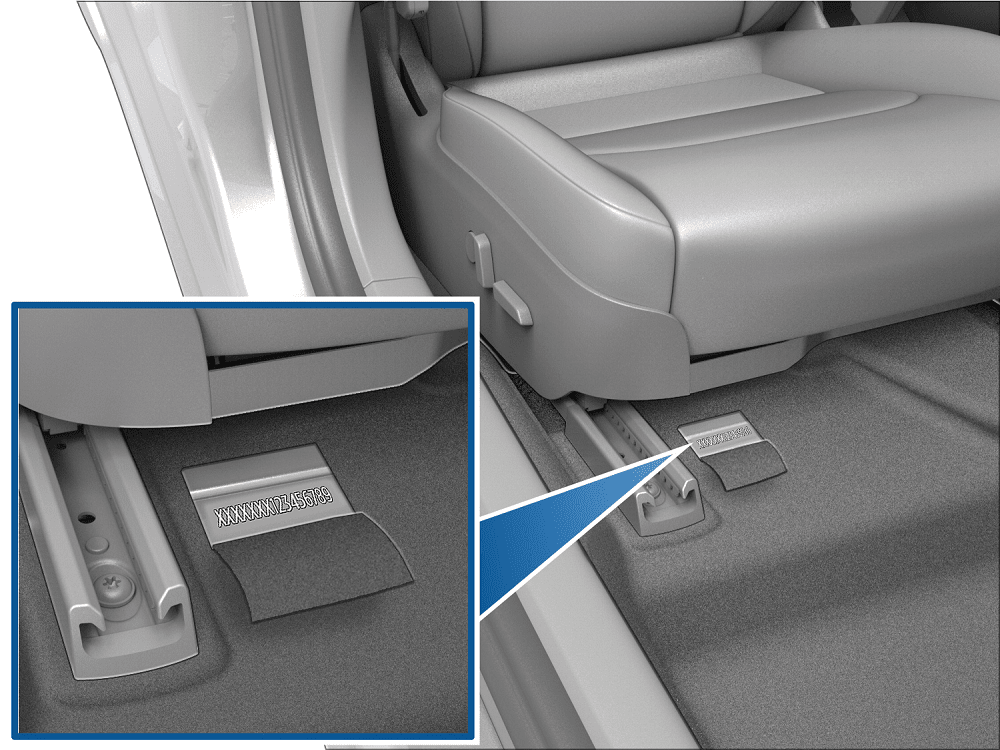Where to Find Your Car’s VIN (Vehicle Identification Number)

The Vehicle Identification Number (VIN) is a unique 17-character code assigned to every car, acting as its fingerprint. This sequence provides crucial information about the vehicle’s make, model, year of manufacture, and even its production location. Knowing where to find your VIN is important for registration, insurance, recalls, and maintenance. Here’s a detailed guide on how to locate it.
Common Locations of the VIN
Dashboard

The VIN is often found on the driver’s side of the dashboard, near where it meets the windshield. It is typically seen by standing outside the car and looking through the windshield. This is one of the easiest and most common places to find the VIN.
Driver’s Side Door Jamb

When you open the driver’s side door, check the door jamb (the area where the door latches). Most vehicles have a sticker or metal plate displaying the VIN in this location. This spot is convenient for quick access, especially if the dashboard VIN is obstructed.
Vehicle Documentation
If you can’t locate the VIN on your car, it will be listed on important vehicle documents, including:
- The car’s title or certificate of ownership.
- Registration papers.
- Insurance policies or cards. These documents are a reliable backup when the VIN on the vehicle itself is hard to locate or damaged.
Additional VIN Locations
1. Under the Hood

In some vehicles, the VIN is stamped directly onto the engine block or firewall. Check the front of the engine or along the metal structure separating the engine from the cabin.
2. Under the Front Passenger Seat

Certain vehicles have the VIN stamped underneath the front passenger seat. Slide the seat forward and check underneath for a stamped metal plate.
3. Other Locations
- Spare Tire Compartment: Lift the floor mat in the trunk to find the VIN near the spare tire area.
- Owner’s Manual: Some manufacturers list the VIN in the car’s manual for easy reference.
Why the VIN Matters
The VIN isn’t just a string of numbers and letters—it provides vital information and serves several important purposes:
- Registration and Insurance: Required for legal registration and obtaining vehicle insurance.
- Vehicle History Reports: VINs allow potential buyers to check for past accidents, repairs, or title issues using services like Carfax.
- Recall Notifications: Manufacturers use the VIN to identify vehicles subject to recalls.
- Maintenance and Repairs: Mechanics use the VIN to order specific parts and ensure compatibility with your vehicle.
Pro Tip: Protect Your VIN
The VIN is a key identifier and should be protected like any personal information. Be cautious when sharing your VIN online or with third parties to avoid potential fraud or identity theft.
What to Do If You Can’t Find Your VIN
If you’re unable to locate your VIN using the methods above:
- Consult the Owner’s Manual: It often includes a diagram showing the VIN’s location.
- Contact the Manufacturer: Your car’s manufacturer can provide specific guidance.
- Visit a Mechanic or Dealership: Professionals can assist in locating a hidden or hard-to-read VIN.
Conclusion
The VIN is an essential piece of your car’s identity, necessary for legal and mechanical purposes. By knowing where to find it and understanding its uses, you’ll ensure smooth registration, maintenance, and ownership processes. Whether it’s on the dashboard, door jamb, or documentation, locating your VIN has never been easier.
Meta Descriptions
- Discover where to find your car’s VIN—dashboard, door jamb, or documents. Easy steps for every vehicle!
- Struggling to locate your VIN? Find it on the dashboard, door jamb, or even under the hood.
- Everything you need to know about finding your car’s VIN and why it matters for insurance and repairs.
- VIN lookup made easy—check your dashboard, door jamb, or paperwork for this essential car ID.